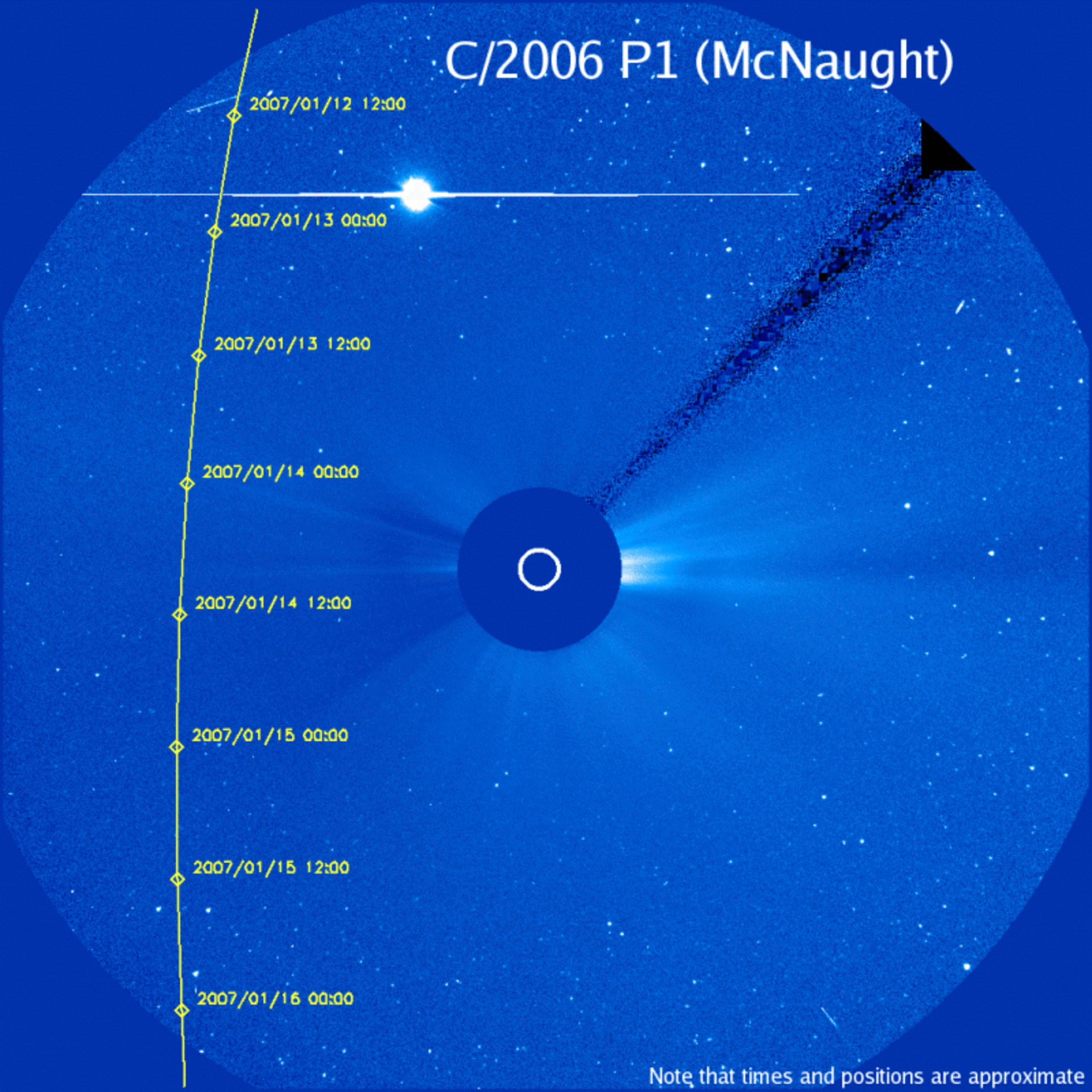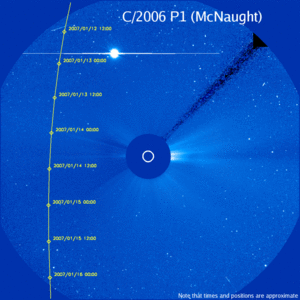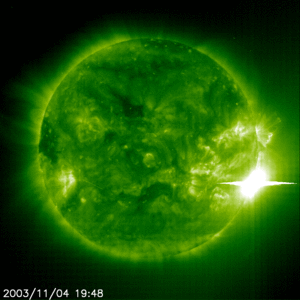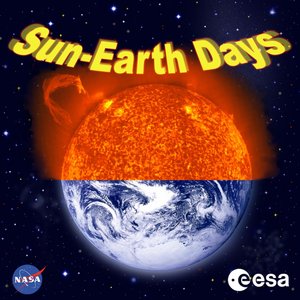SOHO prepares for comet McNaught
Recently, sky watchers in the Northern Hemisphere have been enjoying the sight of Comet McNaught in the twilight sky. Now, solar physicists using the ESA-NASA SOHO spacecraft are getting ready for their view. For four days in January, the comet will pass through SOHO's line of sight and could be the brightest comet SOHO has ever seen.
As Comet McNaught heads towards its closest approach to the Sun on 12 January 2007, it will disappear from view for earthbound observers, becoming lost in the Sun's glare. That's where SOHO comes in. Poised in space between the Earth and Sun, SOHO ceaselessly watches the Sun and objects that pass nearby.
Comet McNaught will pass within a fifth of the distance between the Earth and the Sun. As the comet approaches the Sun, the amount of dust and gas it releases will increase dramatically, causing the comet to become extremely bright. "This might become the brightest comet SOHO has ever seen," says Bernhard Fleck, SOHO Project Scientist.
The material ejected from the comet forms the tails. There are two tails, the dust tail and the gas – or ion – tail. The dust tail is the brighter and is formed by the intense sunlight forcing dust particles away from the comet. The solar wind, a constant stream of material flowing from the Sun, drags ionized gas from the comet to create the ion-tail.
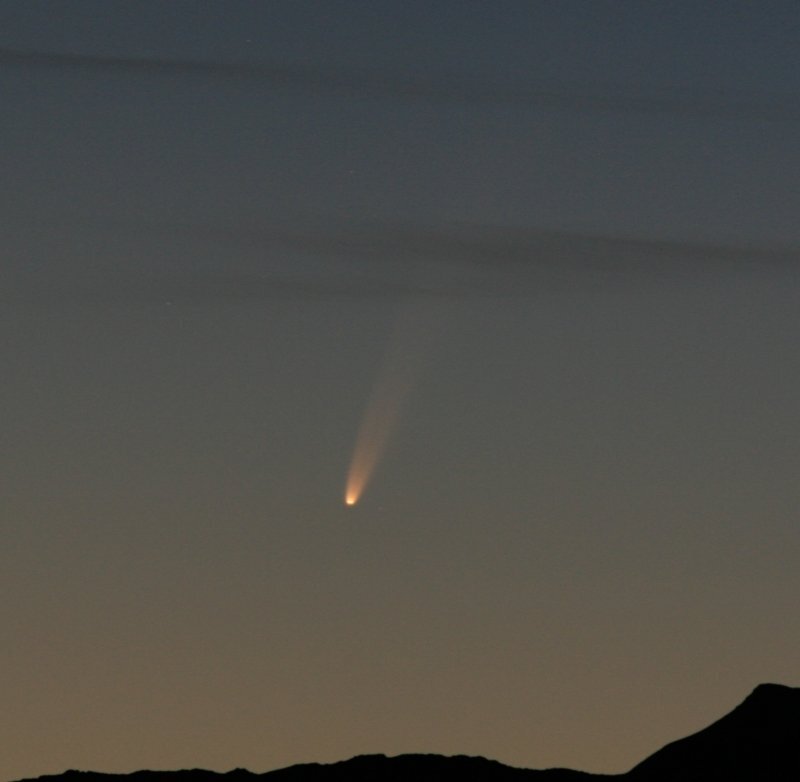
Researchers Karl Battams and Jeff Morrill at the Naval Research Laboratory in Washington, DC are planning colour filter observations of these two comet tails. "Close to the Sun the ion and dust tails move apart, a phenomenon that is often difficult to observe from the Earth. By measuring the ion-tail angle we can get information about the solar wind speed very close to the Sun," says Morrill.
Comet McNaught is moving through space on an inclined orbit. This will carry it above the Sun’s north pole and across the Sun’s equator, a place where there is a reversal of the magnetic properties of the solar wind. Crossing this boundary could cause the comet’s ion-tail to fragment. Observations of such events are generally very rare, so SOHO's images of comet McNaught constitute an exciting opportunity for scientists.
After SOHO's work is finished, the comet will emerge from the Sun’s glare and become visible again to earthbound sky watchers in the Southern Hemisphere. "It could become a really bright object in the twilight sky," says Fleck. The ghostly veils of a bright comet are amongst the most spectacular of sights that can be seen in the night sky.
Between 12 and 15 January, Comet McNaught will not be visible from Earth but everyone can still track the comet's passage near the Sun by looking at the SOHO images at http://soho.esac.esa.int/hotshots/.
For more information
Bernhard Fleck, ESA SOHO Project Scientist
Email: bfleck @ esa.nascom.nasa.gov
Daniel Müller, ESA SOHO Deputy Project Scientist
Email: dmueller @ esa.nascom.nasa.gov
Karl Battams, Naval Research Laboratory, Washington DC, USA
Email: karl.battams @ nrl.navy.mil
Jeff Morrill, Naval Research Laboratory, Washington DC, USA
Email: morrill @ shogun.nrl.navy.mil















 Germany
Germany
 Austria
Austria
 Belgium
Belgium
 Denmark
Denmark
 Spain
Spain
 Estonia
Estonia
 Finland
Finland
 France
France
 Greece
Greece
 Hungary
Hungary
 Ireland
Ireland
 Italy
Italy
 Luxembourg
Luxembourg
 Norway
Norway
 The Netherlands
The Netherlands
 Poland
Poland
 Portugal
Portugal
 Czechia
Czechia
 Romania
Romania
 United Kingdom
United Kingdom
 Slovenia
Slovenia
 Sweden
Sweden
 Switzerland
Switzerland


























